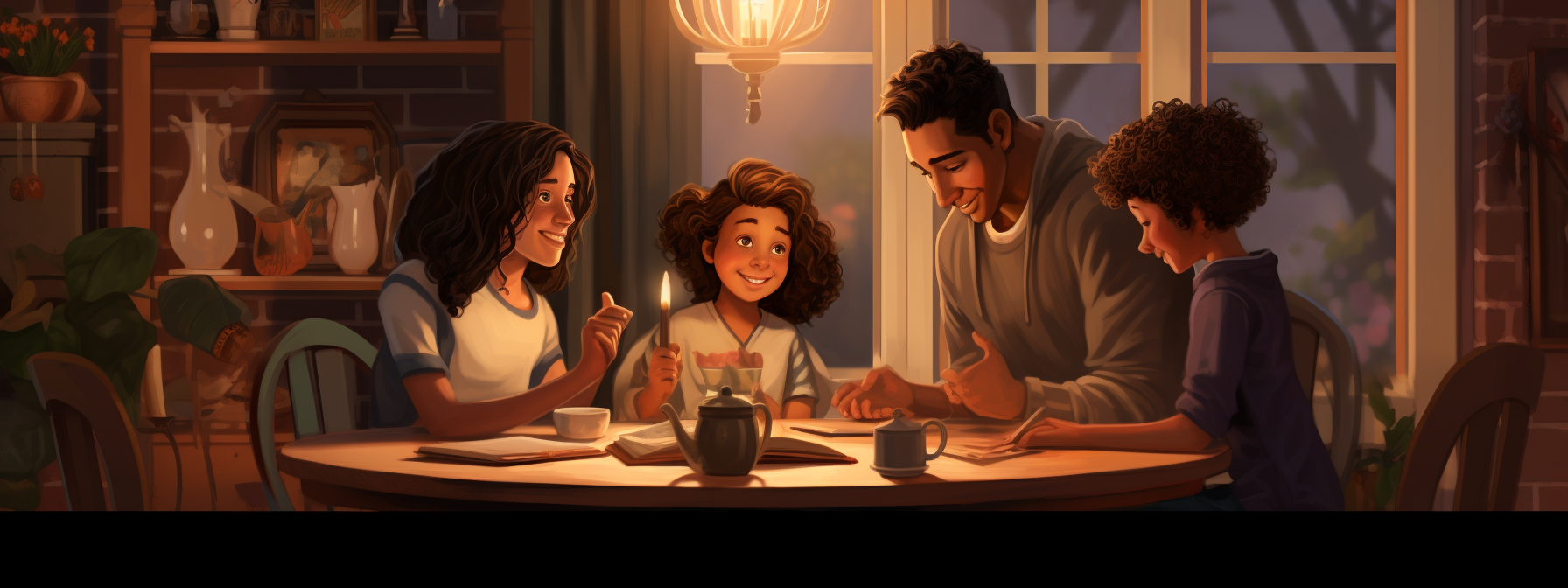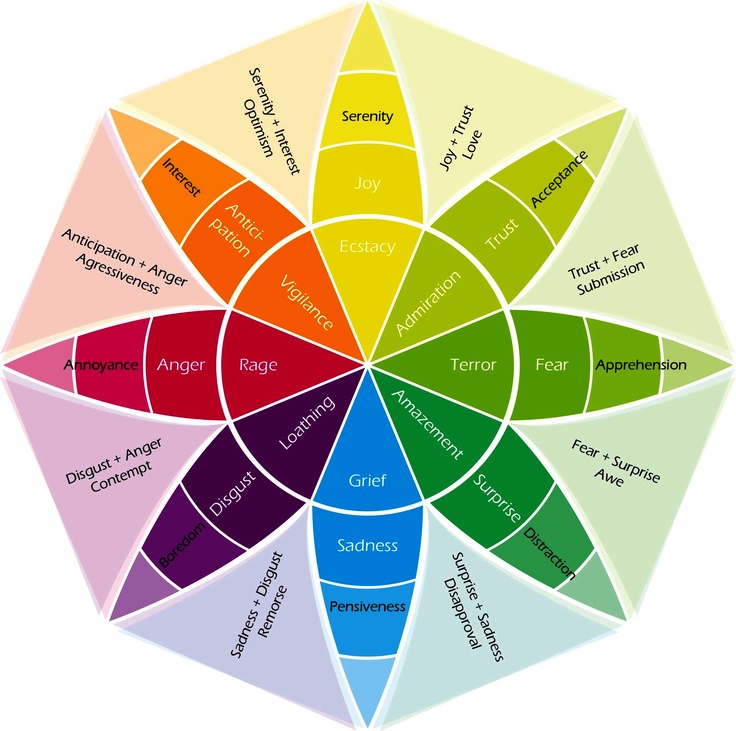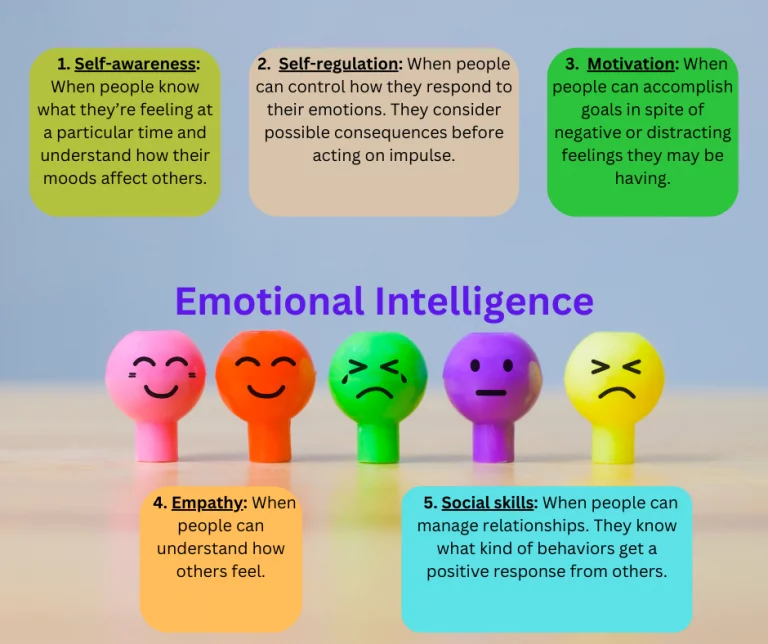
Tantrums, Tears, and Triumphs: A Fresh Approach to Family Emotions
Transform emotional chaos into growth and connection with emotion-savvy parenting.Picture this: You're in the grocery store, your 4-year-old is wailing because you won't buy the sugary cereal, and fellow shoppers are giving you the side-eye. Sound familiar? Or maybe you've got a teenager who slams doors so hard you worry the house might collapse. We've all been there, trying to navigate the stormy seas of emotions with our kids.
For years, we've been told to use time-outs, reward charts, or simply to "toughen up." But what if I told you there's a better way? A way that not only helps in the moment but sets your child up for a lifetime of emotional well-being? Buckle up, parents – we're about to embark on an emotion revolution!
The Emotion Evolution: Not Your Grandma's Feelings Chart
Remember those simplistic feelings charts with cartoon faces? Well, we've come a long way, baby. Recent research in neuroscience and psychology has shown that emotions are far more complex and nuanced than we once thought[1]. It turns out, feelings aren't just fleeting experiences to be managed or suppressed – they're valuable sources of information and catalysts for growth.
Think of emotions like instruments in an orchestra. Each one has its unique sound and purpose. Just as we wouldn't want an orchestra of only violins, we don't want to limit our emotional range. The goal isn't to silence the drums of anger or the mournful cello of sadness, but to conduct them into a harmonious symphony.

Why "Because I Said So" Doesn't Cut It Anymore
I'll be the first to admit, I've fallen into the trap of trying to logic my way out of my kid's emotional storms. "There's no reason to be upset," I'd say, or "Just calm down." Spoiler alert: It never worked. Here's why:
- It invalidates their experience
- It teaches them to suppress emotions rather than understand them
- It misses a crucial opportunity for connection and learning
Let me share a quick story. Little Timmy (not his real name) came to see me after his parents divorced. His mom kept telling him to "be strong" and "not cry." The result? Timmy started having mysterious stomachaches and trouble at school. Once we helped him express and process his sadness, those issues melted away.
The New Approach: Emotional Intelligence 2.0
So what's different about this fresh take on feelings? It's all about embracing emotions as messengers, not enemies. Here are the core principles:
- All feelings are valid (even if actions need adjusting)
- Emotions provide valuable information about our needs and experiences
- Understanding feelings leads to better decision-making
- Emotional skills can be learned and improved over time
Practical Techniques for Emotion-Savvy Parenting
Ready to put this into practice? Here are some strategies you can start using today:
- Name it to tame it: Help your child label their emotions. "It looks like you're feeling frustrated. Is that right?" This simple act of naming feelings can actually calm the brain's alarm system[2].
- Body-emotion connection: Teach kids to notice how emotions feel in their bodies. "Where do you feel that anger? Is it hot in your chest or tight in your fists?"
- Emotion detective: Instead of trying to fix the feeling, get curious. "What do you think that worry is trying to tell you?"
- Feelings thermometer: Use a 1-10 scale to help kids gauge the intensity of their emotions. This can make big feelings less overwhelming.
The Ripple Effect: Beyond Bedtime Battles
Imagine a world where your child not only manages their emotions but thrives because of them. Kids who understand their feelings tend to:
- Have better relationships with peers and adults
- Perform better academically
- Show more empathy and kindness
- Have higher self-esteem
- Be more resilient in the face of challenges

And it doesn't stop there. As families practice these skills together, communication improves, conflicts decrease, and the home becomes a safe haven for emotional expression.
But What If...? Addressing the Doubts
I can hear some of you skeptics out there. "Won't this make my kids too soft?" or "I don't have time for all this feeling talk!" Let me assure you, emotional intelligence isn't about coddling – it's about empowering. And while it might take a bit more time upfront, it saves countless hours of conflict down the road.
Your Emotional Toolkit: Getting Started
Ready to dive in? Here's a simple plan to get you started:
- This week, try naming emotions out loud – yours and your child's
- Set aside 5 minutes a day for an "emotion check-in" with each child
- Practice using the feelings thermometer as a family
- Read a book about emotions together (I love "The Color Monster" for younger kids)
Remember, this is a journey. You don't have to be perfect – just willing to learn and grow alongside your kids.
The Future is Feeling
As we raise this next generation of emotionally intelligent humans, imagine the possibilities. Workplaces where conflicts are handled with empathy. Relationships built on understanding. A world where people can disagree without demonizing each other.
It all starts at home, with you and your child, navigating one feeling at a time. So the next time your little one has a meltdown in aisle five, take a deep breath. It's not just a tantrum – it's an opportunity for growth, connection, and a brighter emotional future.
Are you ready to join the emotion revolution?
References
- https://parentdata.org/healthily-express-emotions-to-kids/
- https://www.6seconds.org/2020/08/17/integrated-emotions/
- https://onetimethrough.com/how-to-teach-kids-to-value-and-accept-feelings/
- https://kidshelpline.com.au/parents/issues/helping-kids-identify-and-express-feelings
- https://www.linkedin.com/pulse/how-help-your-child-navigate-intense-emotions-dr-caroline-leaf






Comments
No comments yet. Be the first to comment!
Leave a Comment